Inbox and Environment News: Issue 379
October 14 - 20, 2018: Issue 379
The Great Anti-Fracking Bus Trip 2018
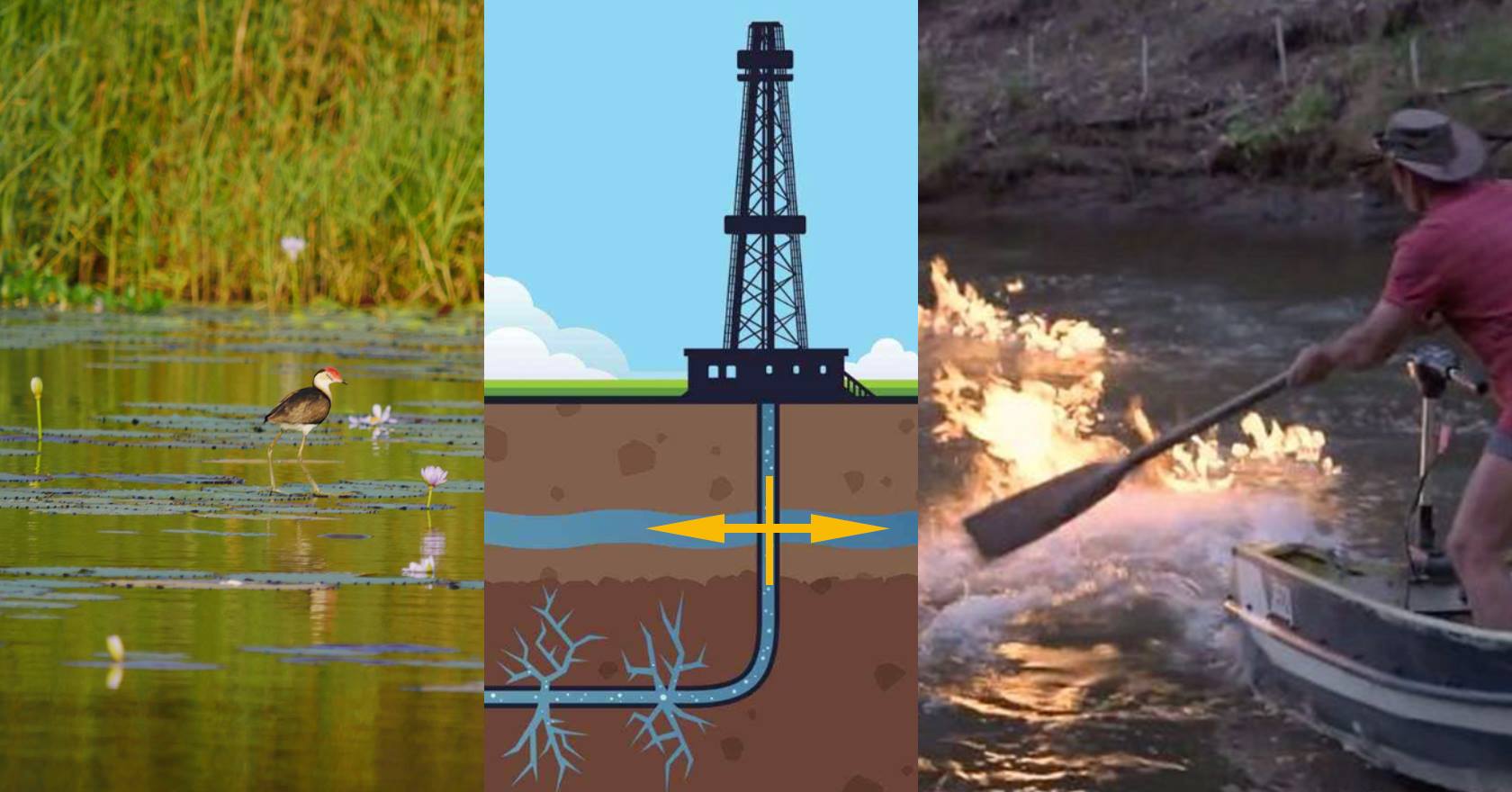
The Results Are In: Narrabri Wants Renewable Energy, Not CSG
- Asked if they support renewable energy as a way to provide long-term jobs for Narrabri 97% of people answered “yes!”
- Asked if they were in favour of the proposed 850 well coal seam gasfield in the Pilliga, only 28% of people said they were in favour
- More than half, 52%, of people surveyed were opposed to the gasfield and 20% were unsure
- 55% of the people surveyed said they were very or somewhat concerned about the gasfield and only 24% said they were not concerned
Intergovernmental Panel On Climate Change Releases Report
Butler And Price Show Major Parties Are Addicted To Coal And Can’t Tackle The Climate Emergency: Greens
IPCC Report: 45% By 2030 - Zero By 2050
The report finds that limiting global warming to 1.5°C would require "rapid and far-reaching" transitions in land, energy, industry, buildings, transport, and cities. Global net human-caused emissions of carbon dioxide (CO2) would need to fall by about 45 percent from 2010 levels by 2030, reaching 'net zero' around 2050.Adani Fails To Pay For 12.5 Billion Litres Of Queensland Water
More Than 21,000 Submissions Supported Sydney Marine Park With Sanctuary Zones
Aussie Backyard Bird Count: 22-28 October 2018

Restoration And Rehabilitation Grants Now Open
- Community projects totalling $2,000,000; and
- Government projects totalling $2,000,000.
As Experts Warn About Warming Beyond 1.5 Degrees, NSW Government Pushes Forward With Bylong Coal Mine
- The Bylong Valley generally had state significant heritage values as a scenic landscape on the western side of the World-heritage listed Blue Mountains
- The Tarwyn Park property in particular had state significant heritage values as the site of the first and longest running application of Natural Sequence Farming in Australia
Nature Writing Prize 2019
Koalas In NSW Are Losing Their Homes
Newport Community Garden: Working Bee Second Sunday Of The Month
 Newport Community Gardens Inc. is a not for profit incorporated association. The garden is in Woolcott Reserve.
Newport Community Gardens Inc. is a not for profit incorporated association. The garden is in Woolcott Reserve.Summary For Policymakers Of IPCC Special Report On Global Warming Of 1.5°C Approved By Governments
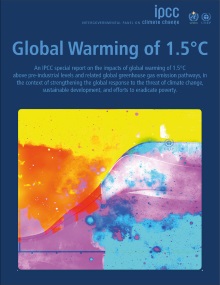 The report's full name is Global Warming of 1.5°C, an IPCC special report on the impacts of global warming of 1.5°C above pre-industrial levels and related global greenhouse gas emission pathways, in the context of strengthening the global response to the threat of climate change, sustainable development, and efforts to eradicate poverty.
The report's full name is Global Warming of 1.5°C, an IPCC special report on the impacts of global warming of 1.5°C above pre-industrial levels and related global greenhouse gas emission pathways, in the context of strengthening the global response to the threat of climate change, sustainable development, and efforts to eradicate poverty. Urban Tree Canopy Plan Now On Public Exhibition: 100 Thousand Trees Planned
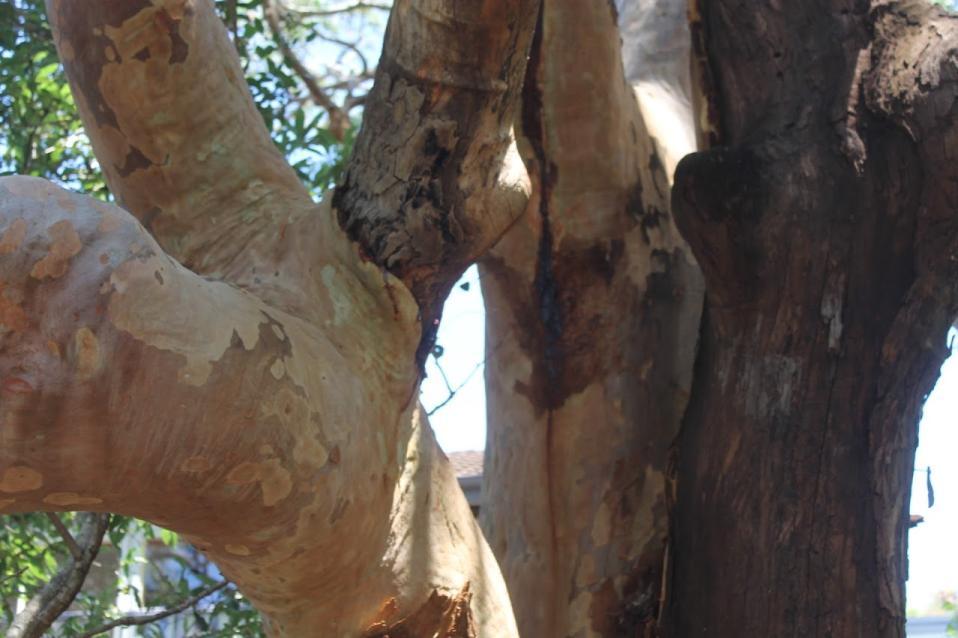
Plan To Protect And Enhance Northern Beaches’ Precious Urban Tree Canopy
Friday September 28, 2018: From Northern Beaches Council
Over 100,000 new trees planted on Council land, an iconic tree register and tools to encourage more trees on private property are key actions in Council’s first draft Urban Tree Canopy Plan now on public exhibition.
The draft Plan outlines the strategic directions and guiding principles for the management of trees across the Northern Beaches over the next five years.
Northern Beaches Mayor, Michael Regan said the four strategic directions of the draft Plan provide a comprehensive and cohesive approach to sustaining the future of our urban trees over the next five years by:
- protecting existing urban trees;
- maintaining the Northern Beaches’ existing urban tree canopy cover;
- improving tree diversity and health; and
- by motivating, inspiring and supporting the community to protect and enhance our urban trees.
“It’s very exciting to have this plan fast tracked and ready for community comment. Similar strategies had been in development under the former Councils but what a great outcome of amalgamation that our tree canopy can now be managed in a coordinated way across the whole of the Northern Beaches area,” said Mayor Regan.
“We are in an enviable position of being one of the few areas within the Sydney Metropolitan area with canopy coverage greater than 50 percent, at 64.2 percent. Many council areas in Sydney have less than 20 percent urban canopy.
“There are, however, increased demands upon the Northern Beaches environment as more residents and businesses seek to call the Northern Beaches home.
“The plan details how we will implement an aggressive tree planting program on council owned land of at least 5,000 new trees annually, which would mean 100,000 over the next twenty years.
“We’ll introduce an iconic tree register and ensure that any mature tree that has to be removed due to poor health or for unavoidable operation reasons will be offset by planting at least two more.
“The immediate focus will be on collating accurate baseline data to allow us to monitor the actions of the plan and ultimately measure how successful we are in protecting and maintaining a healthy and diverse canopy cover.
“Engaging our community in protecting and enhancing our urban trees will also be a critical factor in achieving the objectives of the Urban Tree Canopy Plan.
“I encourage community feedback on the draft Plan and look forward to more ideas from the community,” Mayor Regan said.
The success and progress of the all the actions listed in the plan will be reviewed annually.
The draft Northern Beaches Urban Tree Canopy Plan is available at northernbeaches.nsw.gov.au
How Can You Be Involved?
We have developed an Urban Tree Canopy Plan (draft) as part of our commitment to greening the Northern Beaches.
- View the Urban Tree Canopy Plan (draft)
- Read the Frequently Asked Questions
- Read the Council report recommending exhibition
Have Your Say
Attend a drop in session
- Manly Town Hall forecourt - Wed 24 Oct - 12pm - 1pm
- Glen Street Theatre - Thu 1 Nov - 12pm - 1pm
- Mona Vale Library lane - Thu 8 Nov - 12pm - 1pm
- Dee Why Beach, The Strand - Wed 14 Nov - 12pm - 1pm
Make a written submission: CEO, Northern Beaches Council, PO Box 1655, Manly, NSW 2099, marked “Urban Tree Canopy Plan 2018”
Submissions close Thursday 15 November 2018
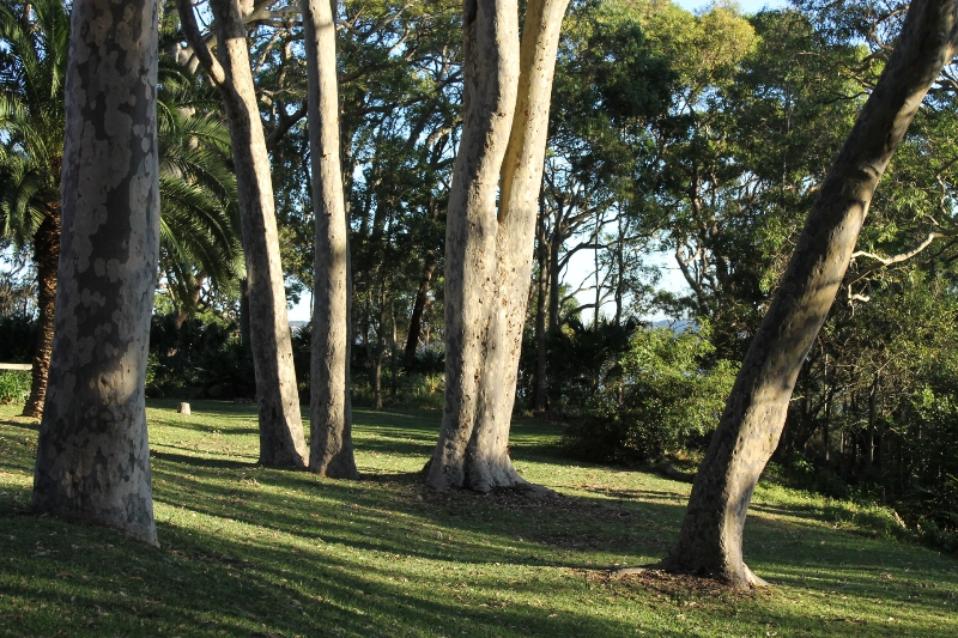
Gromtag Australian Series To Kick-Off At Dee Why Beach
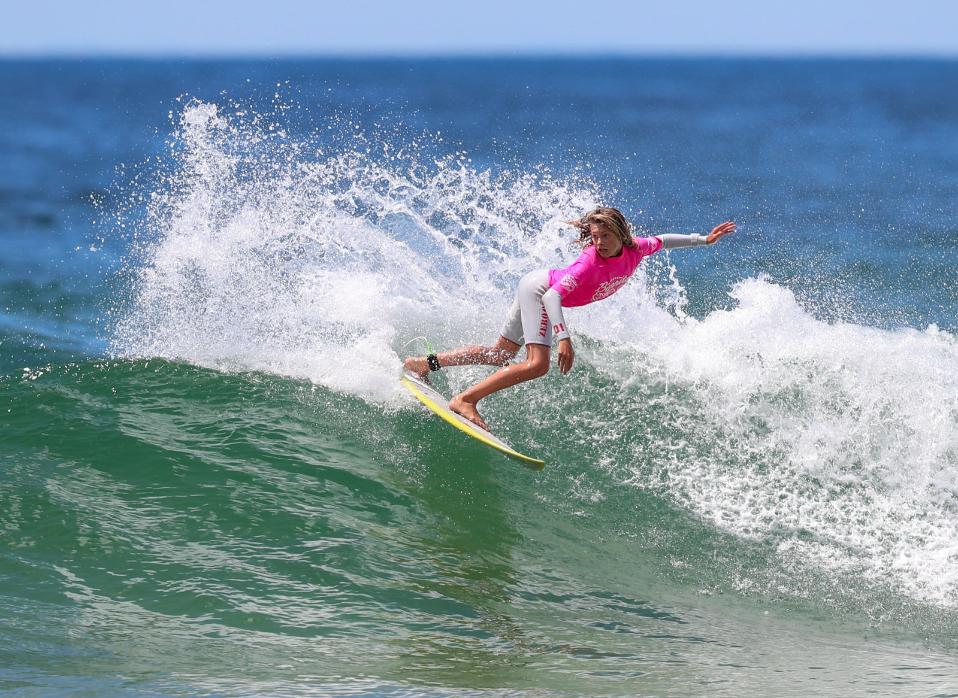
BABY WOMBAT PLAYTIME
THE SENTIMENTAL BLOKE With The Volantinsky Quartet
